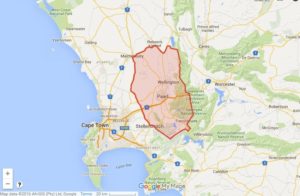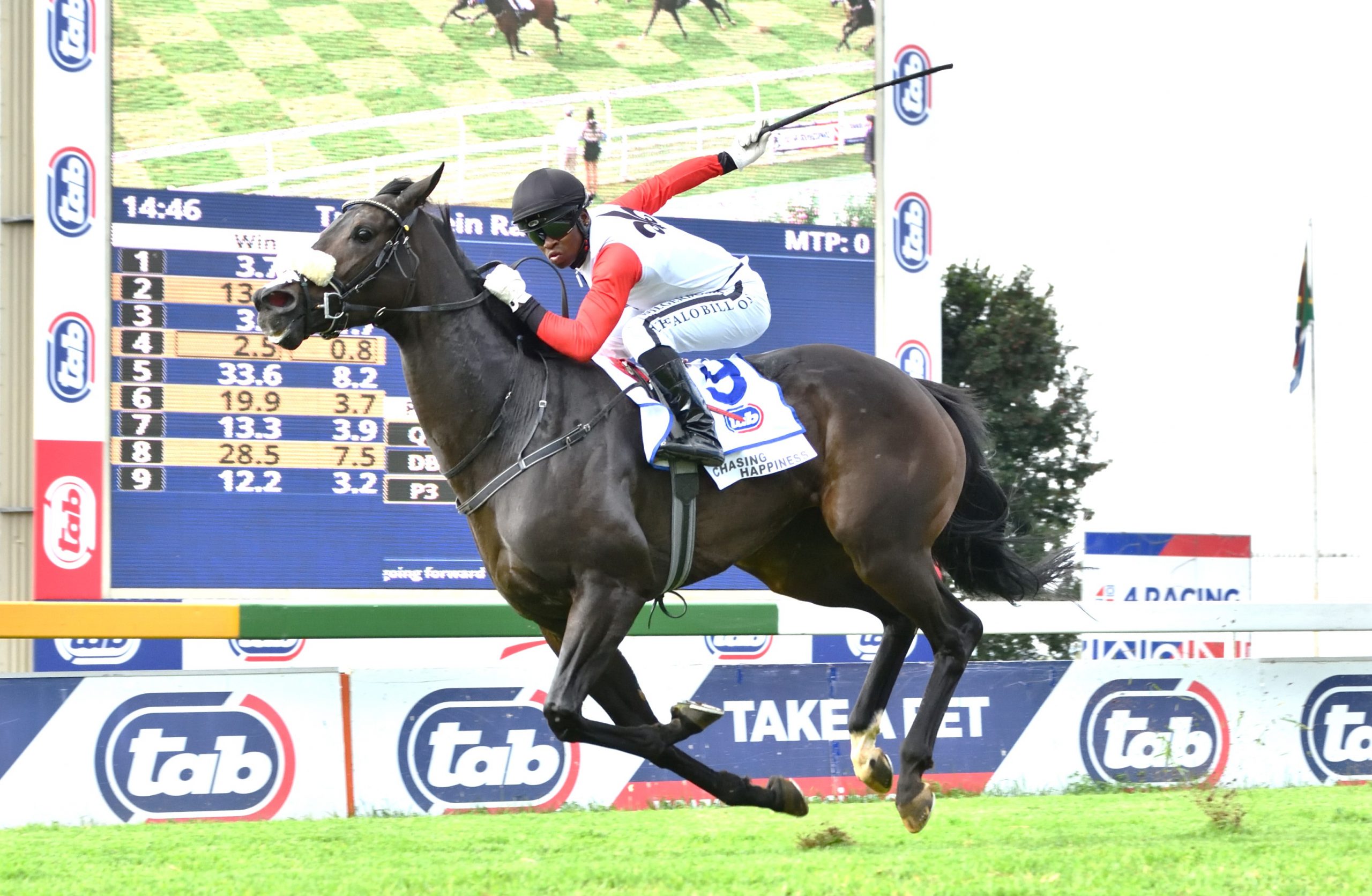Alan Winde, Minister of Economic Opportunities, explained that three more horses on Schoongezicht, the Paarl farm where the first case was detected, had tested positive for African Horse Sickness. “Four horses on four other properties also tested positive. Of these four horses, two have died.”
Minister Winde said the current containment zone, as revised last week, would remain in place until further notice.
“All the cases took place within the containment zone. At the start of the outbreak our vets predicted that if the illness should spread it would do so in the direction of the wind, which carries the midges. That’s exactly what we have seen happen here. Vets will continue with their surveillance programme, which includes ongoing testing.”
Control is key
Minister Winde added that controlling the outbreak was a key priority for the Western Cape Department of Agriculture.
“Currently, we are exporting our horses to the European Union (EU) via Mauritius. This results in additional transport and logistics costs. As a result of these cases, it is highly unlikely we will be able to apply to have the movement ban to the EU lifted for at least another two years.
“At the end of last year, the largest consignment of horses ever was exported from the Western Cape to the United Arab Emirates and Europe, with the assistance of this department’s Veterinary Services programme. To increase these kinds of successes, we will attempt to ensure that our animal population remains disease-free and that we respond speedily to outbreaks if they should occur. In this financial year, we will invest R86 million to reach these objectives.”
Revised containment zone
The eastern border of the containment area follows the border of the AHS surveillance zone from the Jonkershoek area along the Limietberg mountain range to the Voëlvlei dam. The boundary then extends westwards past the southern end of the Voëlvlei dam to the R46, which it follows through Hermon, Riebeeck Kasteel and to Malmesbury.
The western border of the containment area follows the R302 southwards until it intersects with the R304, which it follows into Stellenbosch and along Bird St until the intersection with Merriman Ave. The southern border follows Merriman Ave, Martinson Rd and Jonkershoek Rd to the east, through the Jonkershoek Valley and up the escarpment until it meets with the border of the AHS surveillance zone. The roads that make up the borders of the containment area are not included in the movement restrictions, and transport of horses along these roads is permitted.
Private veterinarians in the affected area have also been requested to inform the state vets of any suspected AHS cases or cases indicative of infectious disease both within the containment area and within the AHS surveillance zone.
Prevention measures
Horse owners are encouraged to stable their horses from two hours before sunset to two hours after dawn to decrease the risk of the vector of the disease having contact with their horses;
Vets also appeal to owners to use a registered insect repellent on their horses during the vector feeding periods as indicated above;
Further protection of the stabled horses can be attained by covering all stable openings with 80-100% shade cloth.
Any owner within the AHS surveillance zone detecting illness in horses involving unexplained fever, swelling of the head and neck and difficulty breathing should report the case to their local State Veterinarian as quickly as possible. Contact details of regional state veterinary offices can be found on www.elsenburg.com.
An interactive map of the containment area can be obtained at www.elsenburg.com/vetepi under the Maps tab.
Permit applications should be made to authorised veterinarian Dr Camilla Weyer at: [email protected].
Kindly see attached a map of the affected farms. The names of the farms will not be disclosed.











